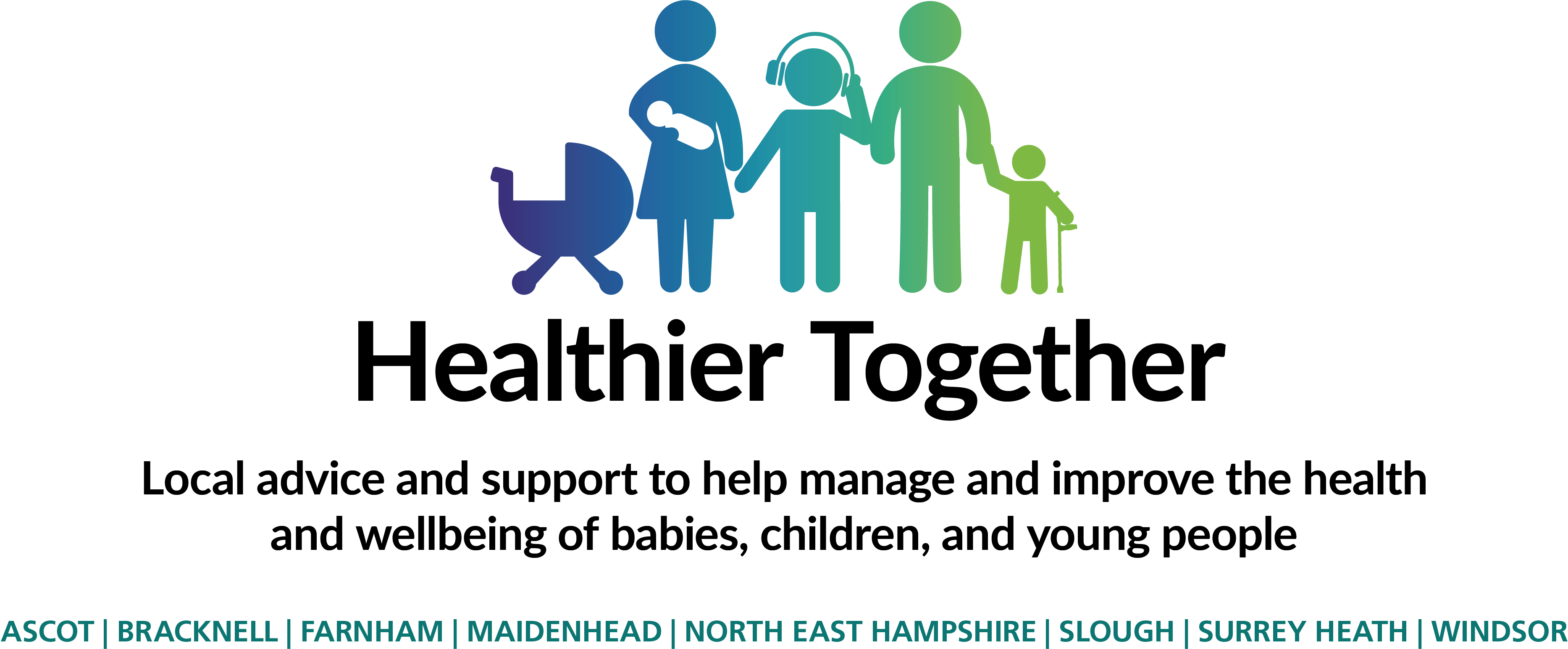Our diets should be made up of wholesome, natural foods such as fruit, vegetables, wholegrains, eggs, meat, nuts, legumes and dairy (i.e. unsweetened yoghurt and cheese). Try to reduce the amount of highly processed foods in your diet.
Natural foods are rich in nutrients (the vitamins, minerals, fibre and other things our bodies need to function). Highly processed foods and drinks produced in factories often contain additives such as colours, emulsifiers, preservatives or ingredients we do not find at home. They can be calorie dense with high levels of added sugar, salt and saturated fats. Examples of these highly processed foods are pizza, fried chicken, chocolate pudding with very few fruits and vegetables and very little fibre. Whilst they may be convenient, they do not contribute to a balanced, nutritious diet made of wholesome food.
How can we make healthier choices?
There are lots of easy ways we can get more wholesome, nutritious food into our diets and this doesn't need to be expensive.
- Shop smart - Use supermarket budget ranges for items such as tinned and fresh fruit and vegetables, pasta and rice or shop locally at markets and greengrocers.
- Choose seasonal fruits and vegetables - those grown in the UK and in season will often cost less and will taste better too.
- Make swaps. You may be surprised to know that making a Bolognese sauce from scratch is really easy - and often much tastier than the sauces bought off the shelf in jars too. Curries and casserole sauces can be made from scratch too.
- When you go shopping next time ask yourself: why am I choosing this food? How will it nourish my body and mind? How does the ingredient list look?
- Snack on wholesome, nutritious food. Reach for a small handful of nuts or some natural yoghurt and fruit, or even some homemade popcorn when you are feeling peckish. Some snacks ideas that are easy to make at home or carry in your lunch box:
(a) 125g low fat natural yogurt with small handful of blueberries
(b) 1 apple and ½ tablespoon of peanut butter
(c) cottage cheese and tomatoes on a rice cake
(d) banana on toast
(e) red pepper sticks with homemade or reduced-fat hummus
(f) 3 dried apricots and 8 whole almonds
(g) ¼ of an avocado on 1 crispbread
(h) 1 crumpet with 1 teaspoon of low fat spread
(i) 150 ml glass of milk with 1 tablespoon of raisins
(j) 1 boiled egg with 1 chopped tomato and handful of spinach leaves
(k) 2 dhokri, steamed gujarati snack with cucumber & tomato salad
(l) 1 theplas (gujarati flatbreads) with low fat natural yogurt or mixed salad
(m) boiled chickpeas, ready to eat chickpeas with tomato & coriander salad






